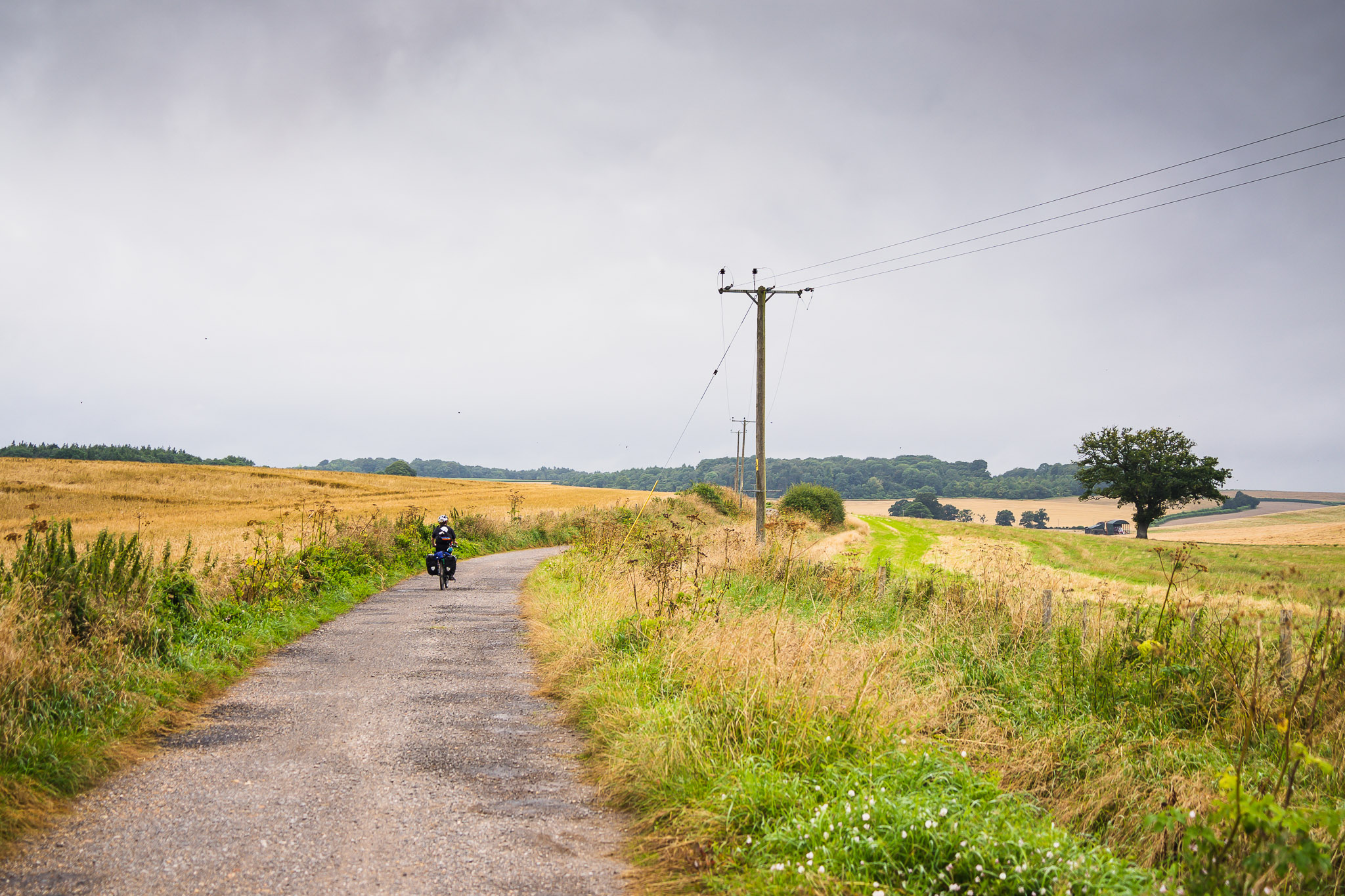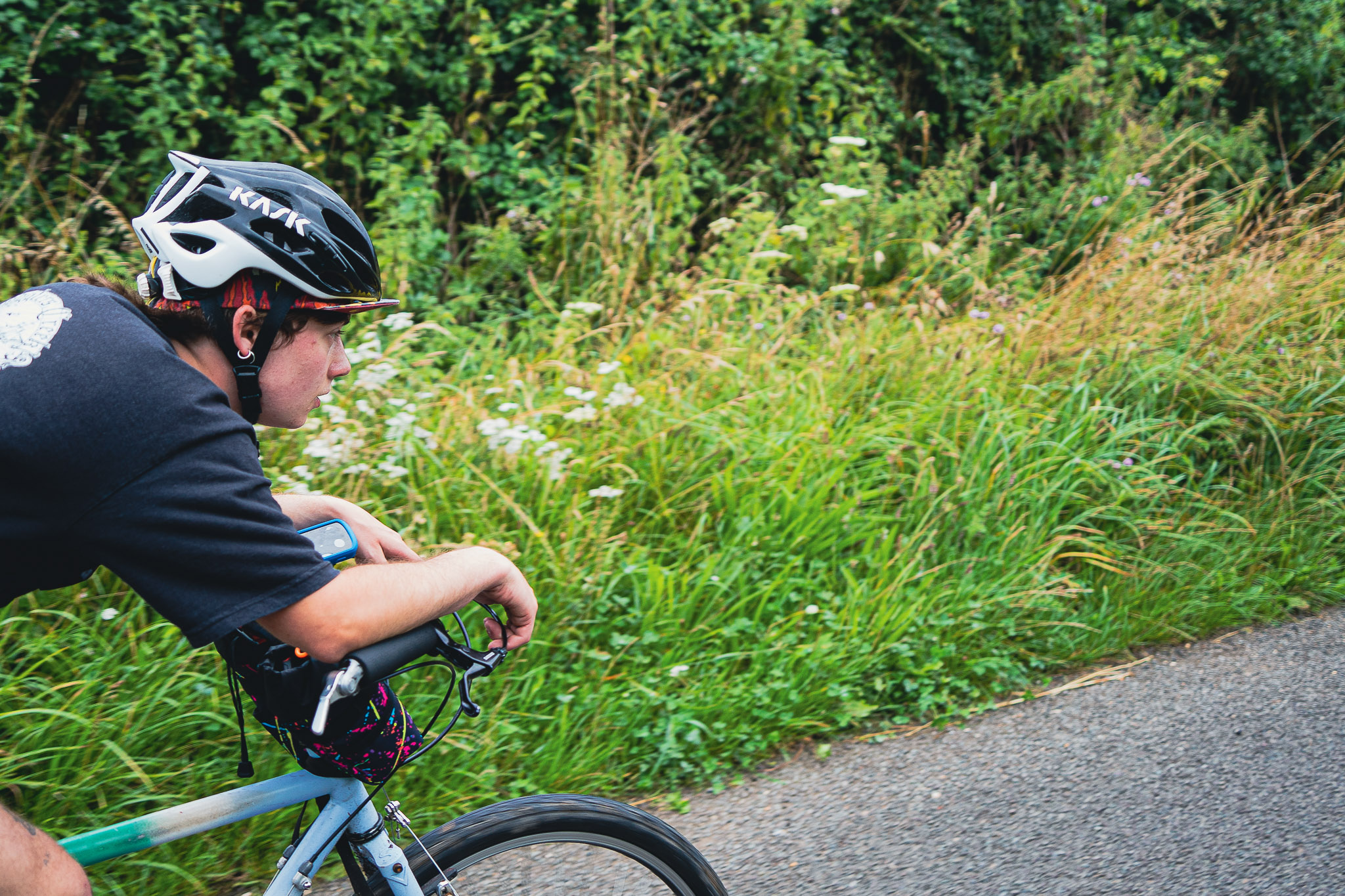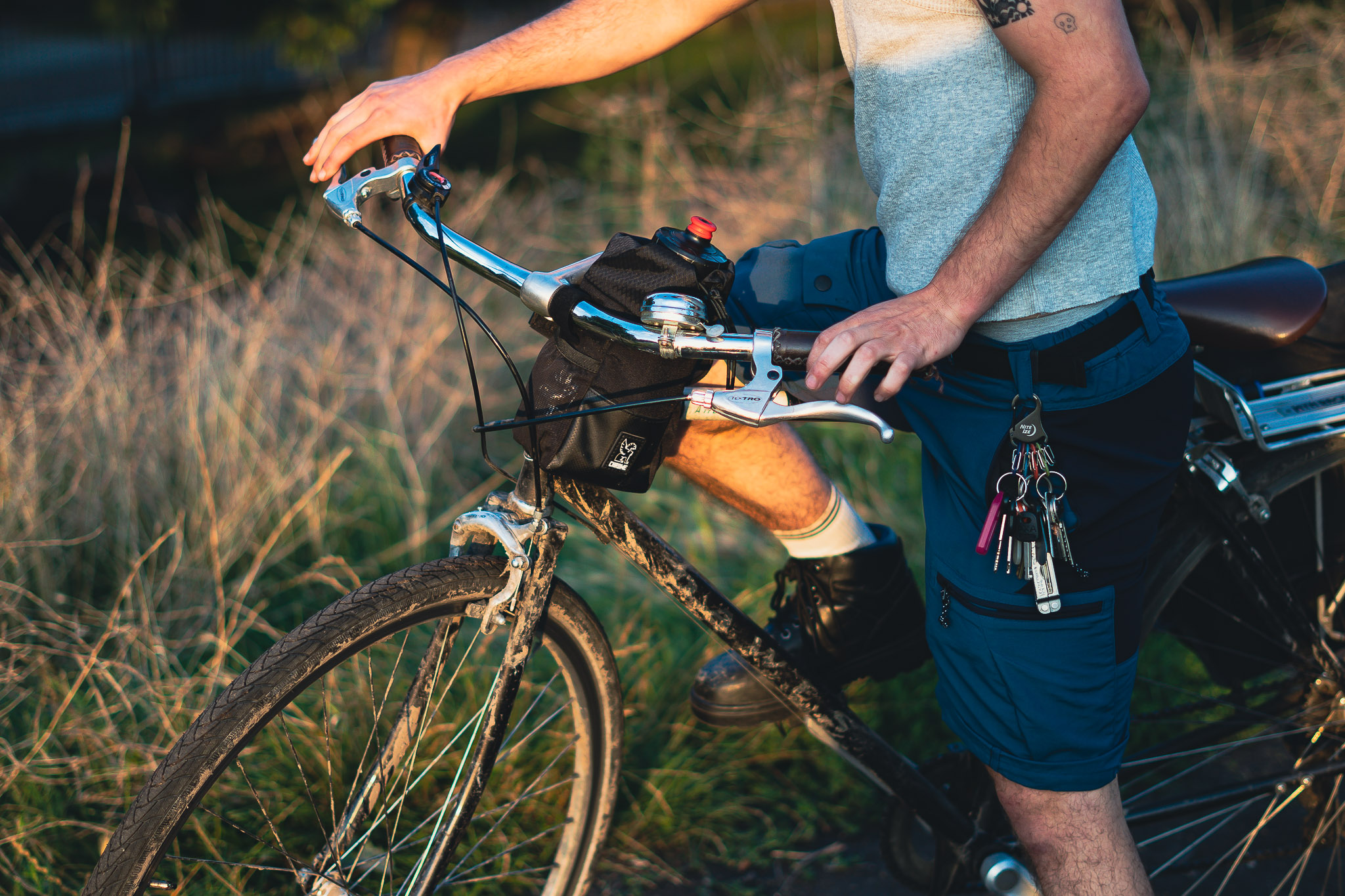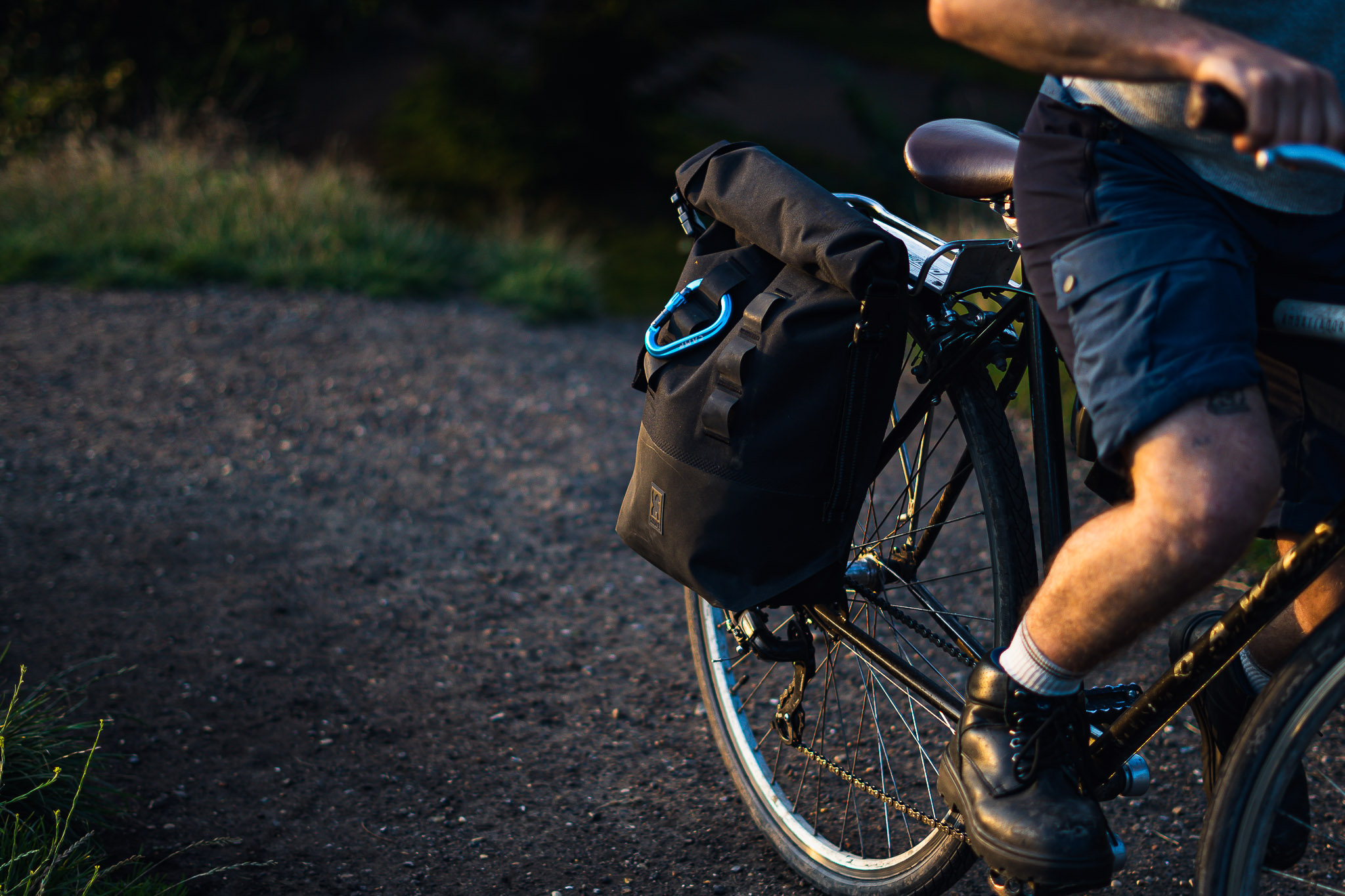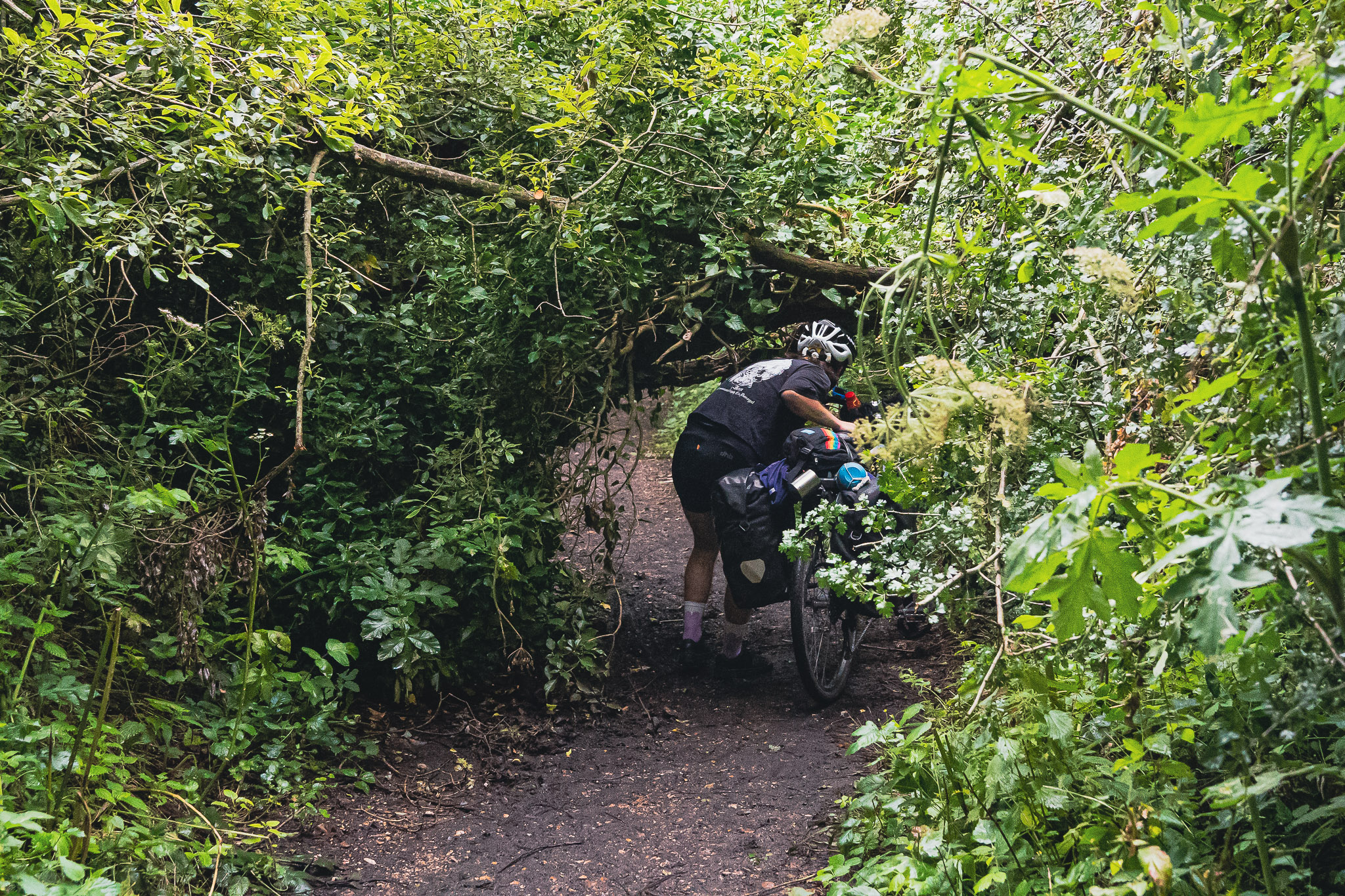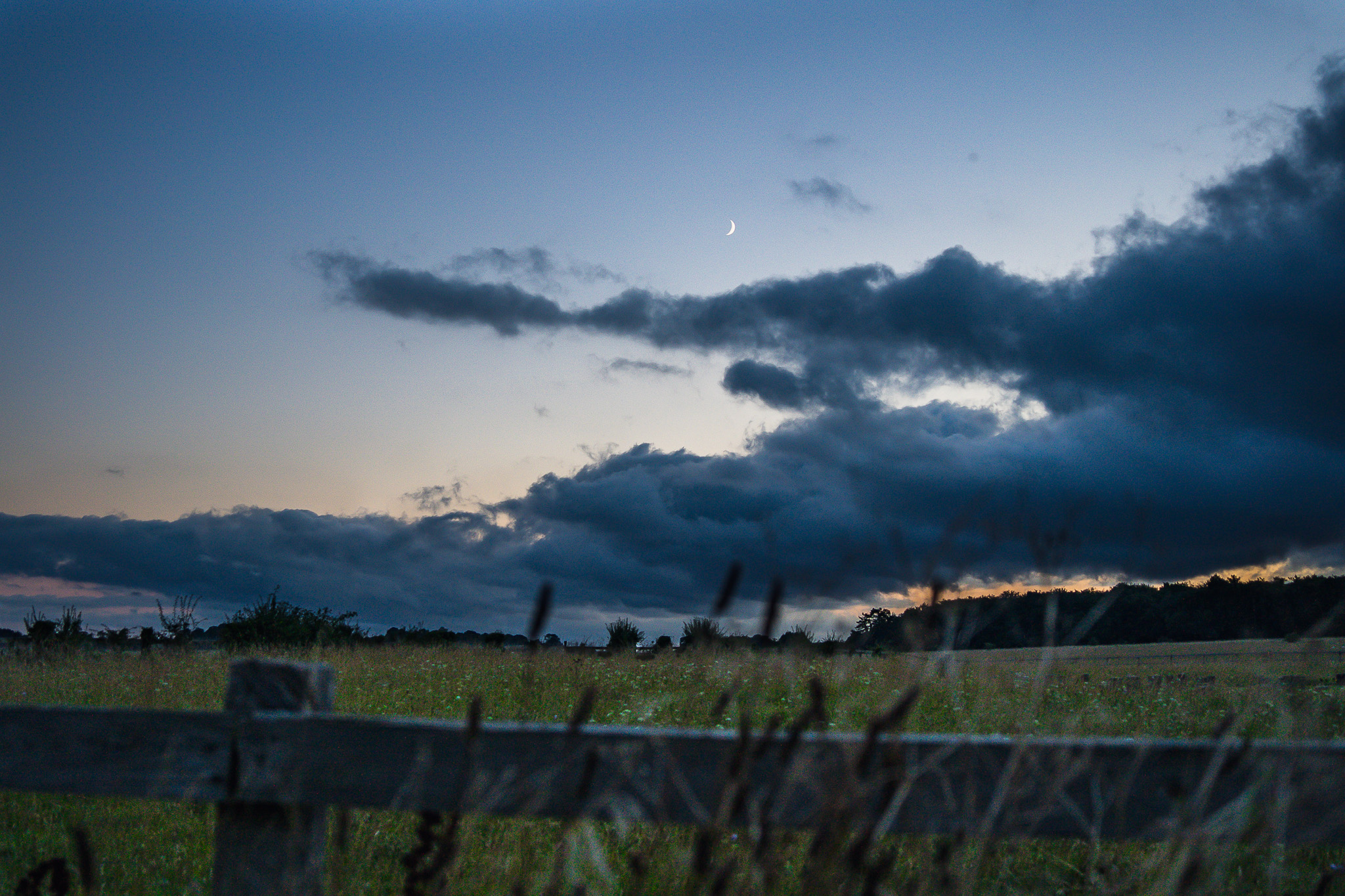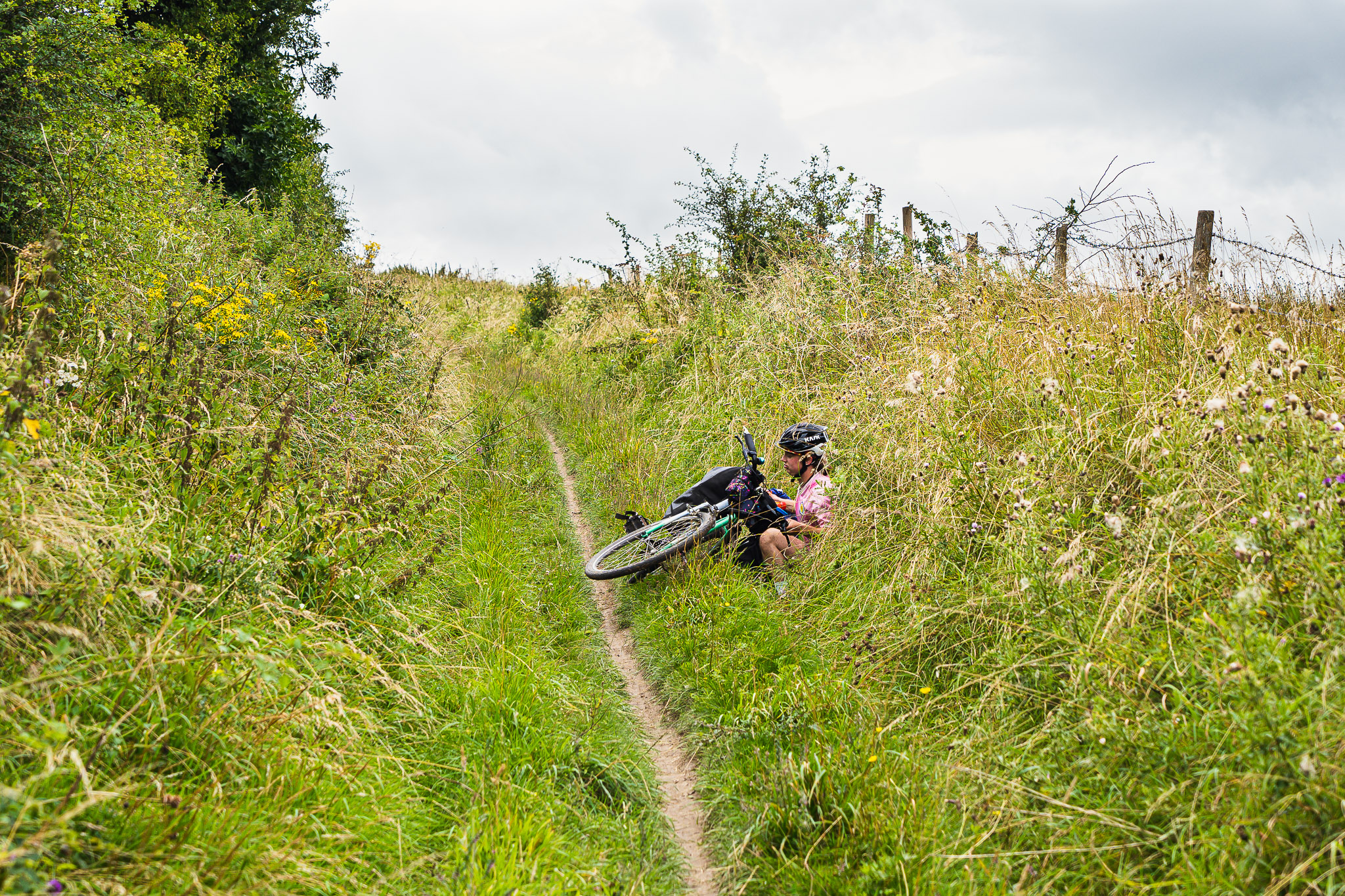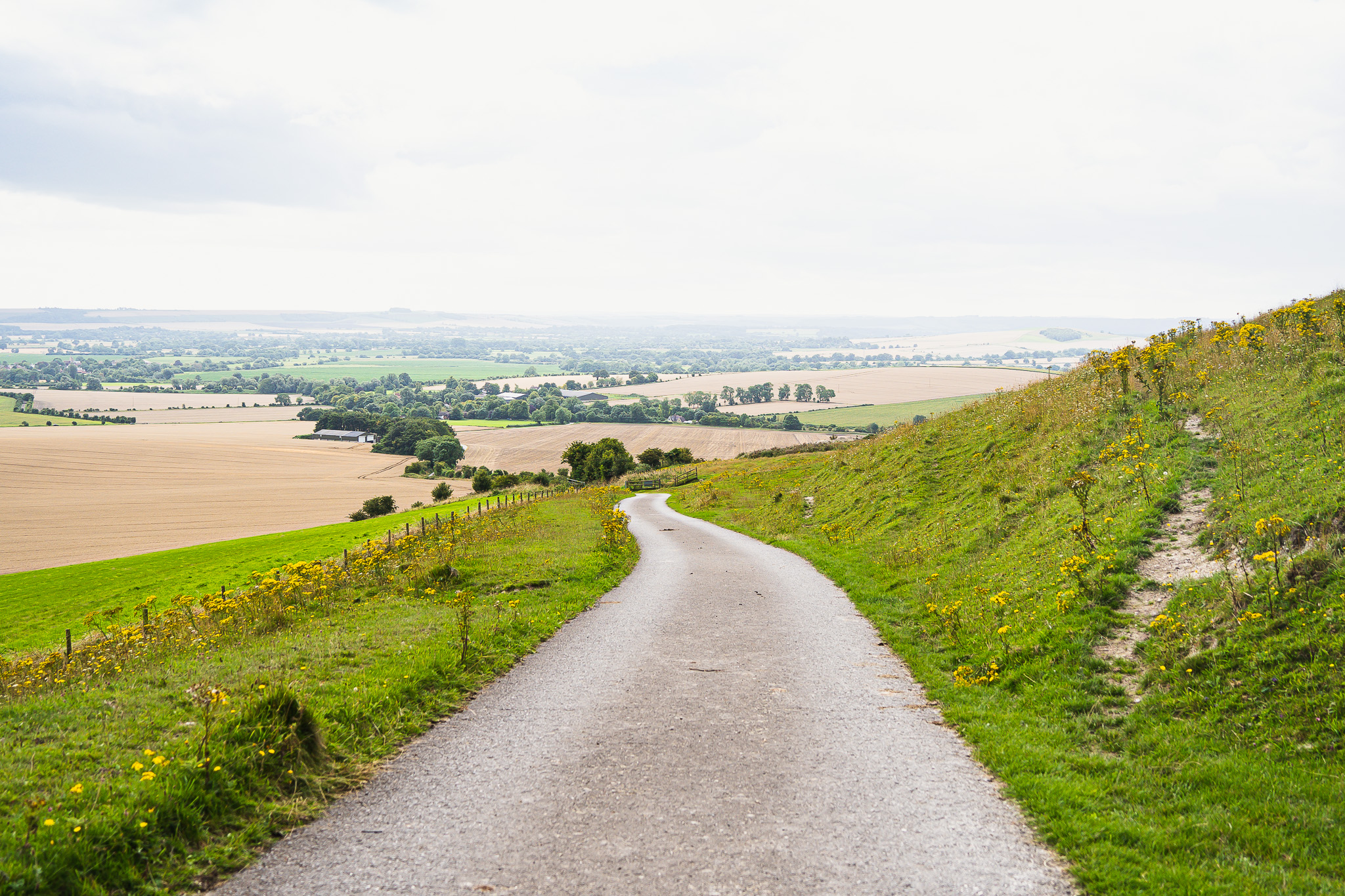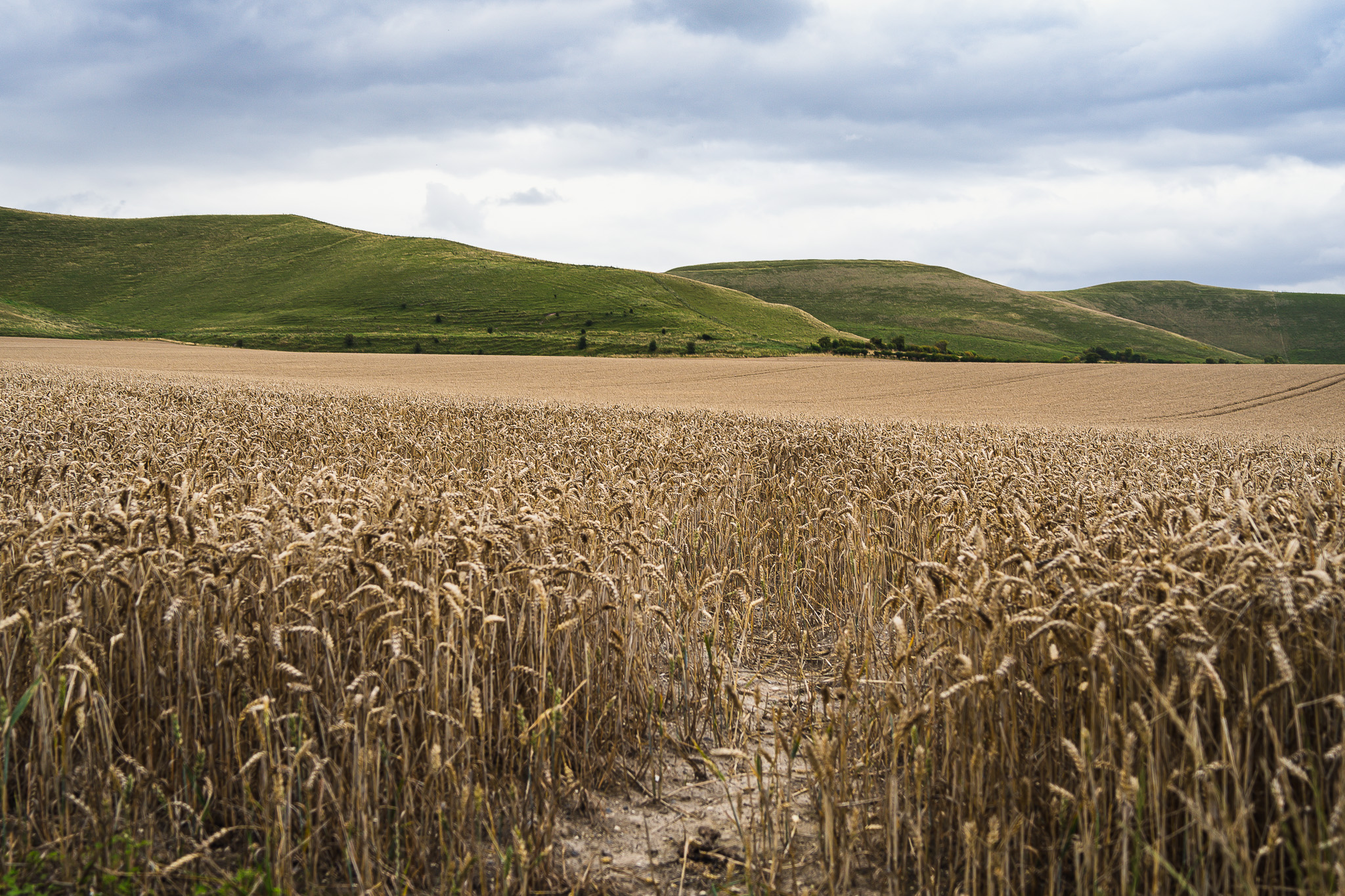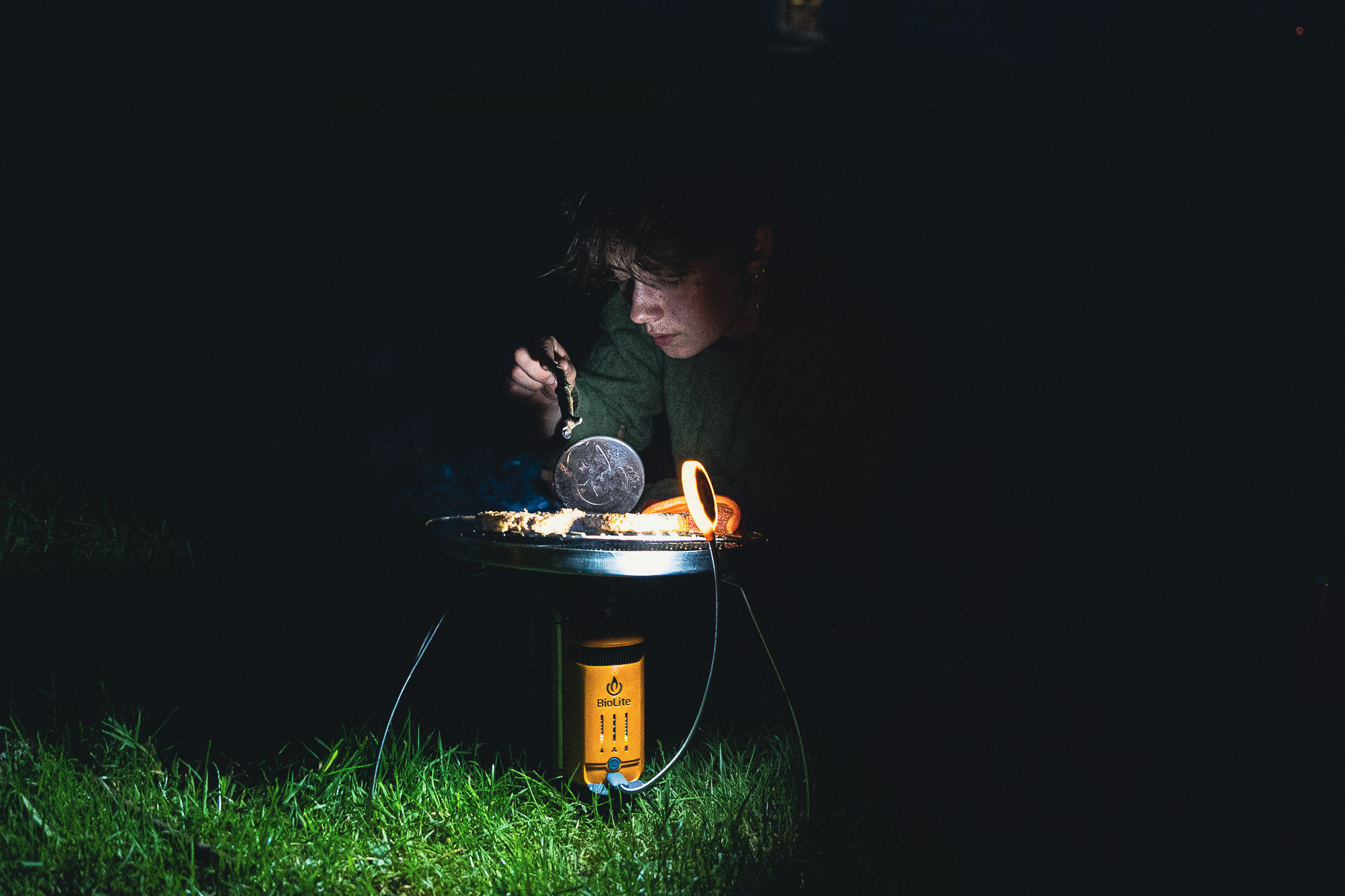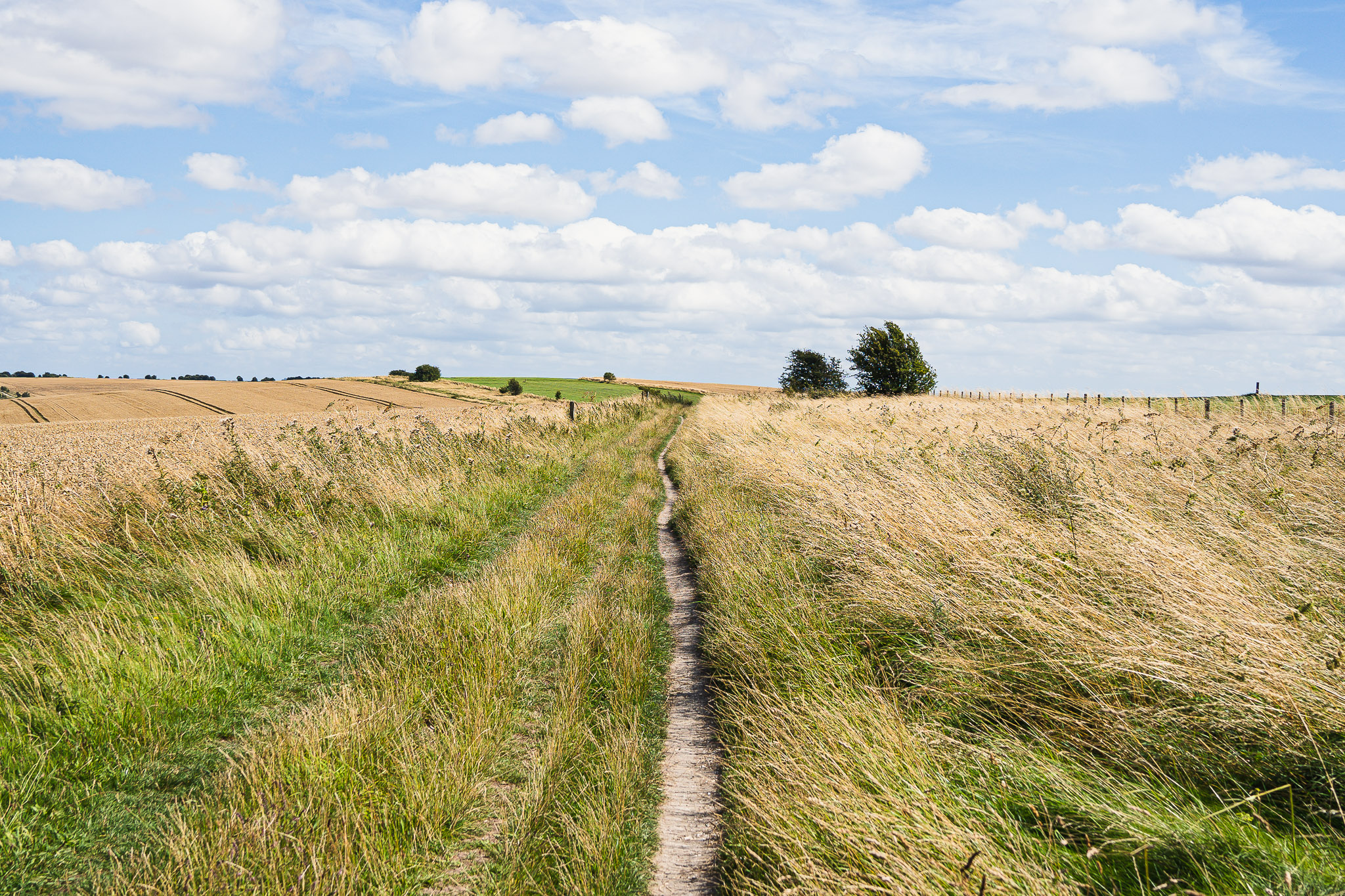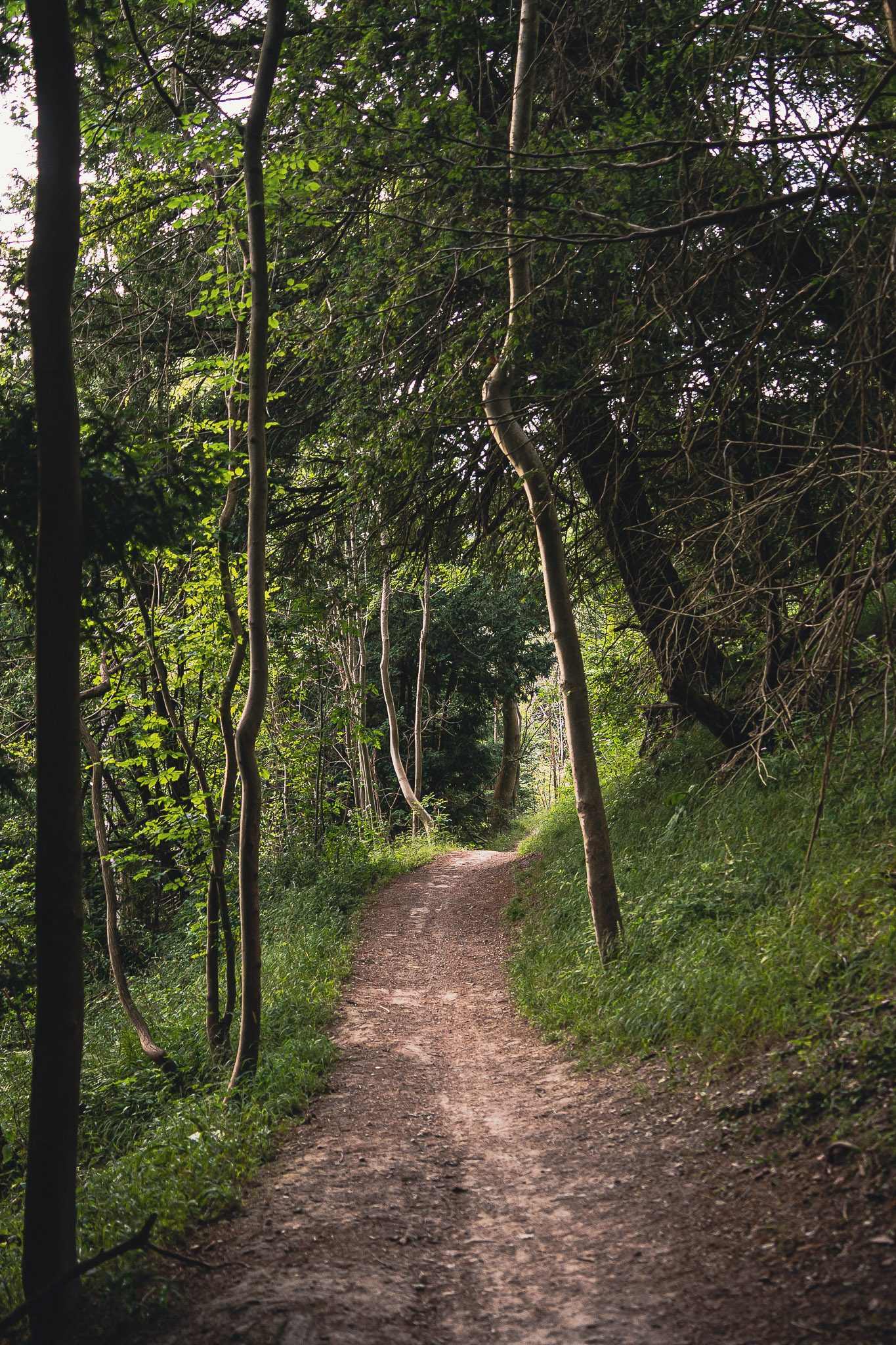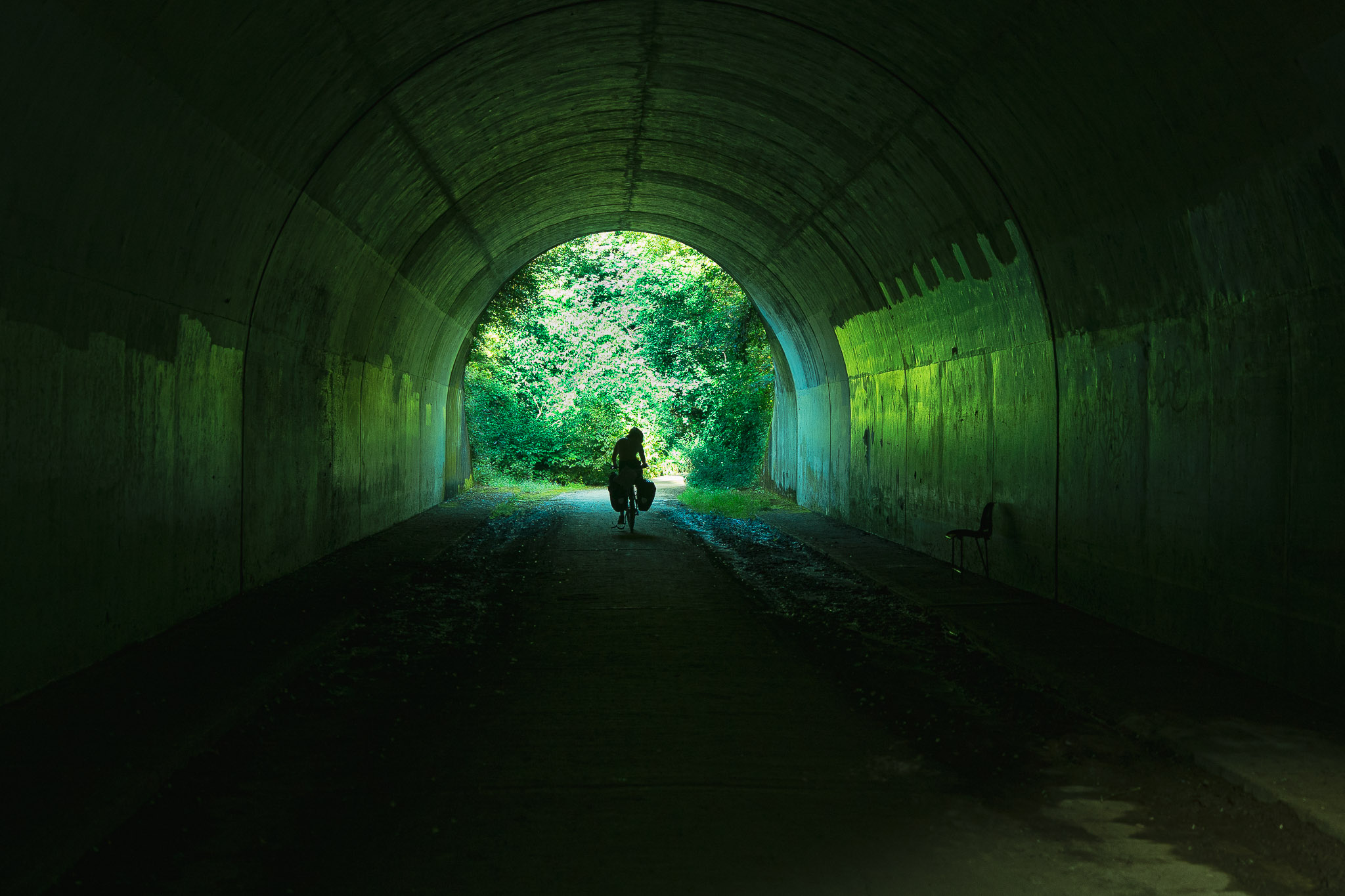After an open-skied stint across military firing ranges, up lung-busting hills and beneath precariously fallen trees, I looked at my muddy legs, my battered bike, then across to my friend’s tired eyes and thought to myself: how in the hell did we just manage that? In the same breath, I laughed quite contentedly and took a big swig from my Guinness, thinking of what tomorrow’s trails would bring.
It’s weird how that mindset works. You’re both excited and drained, and yet determined to crack on with the road ahead. It’s what makes bikepacking and off-road adventuring so rewarding, and I’m sure it’s a feeling many Alfred’s Wayers will have encountered along the route.
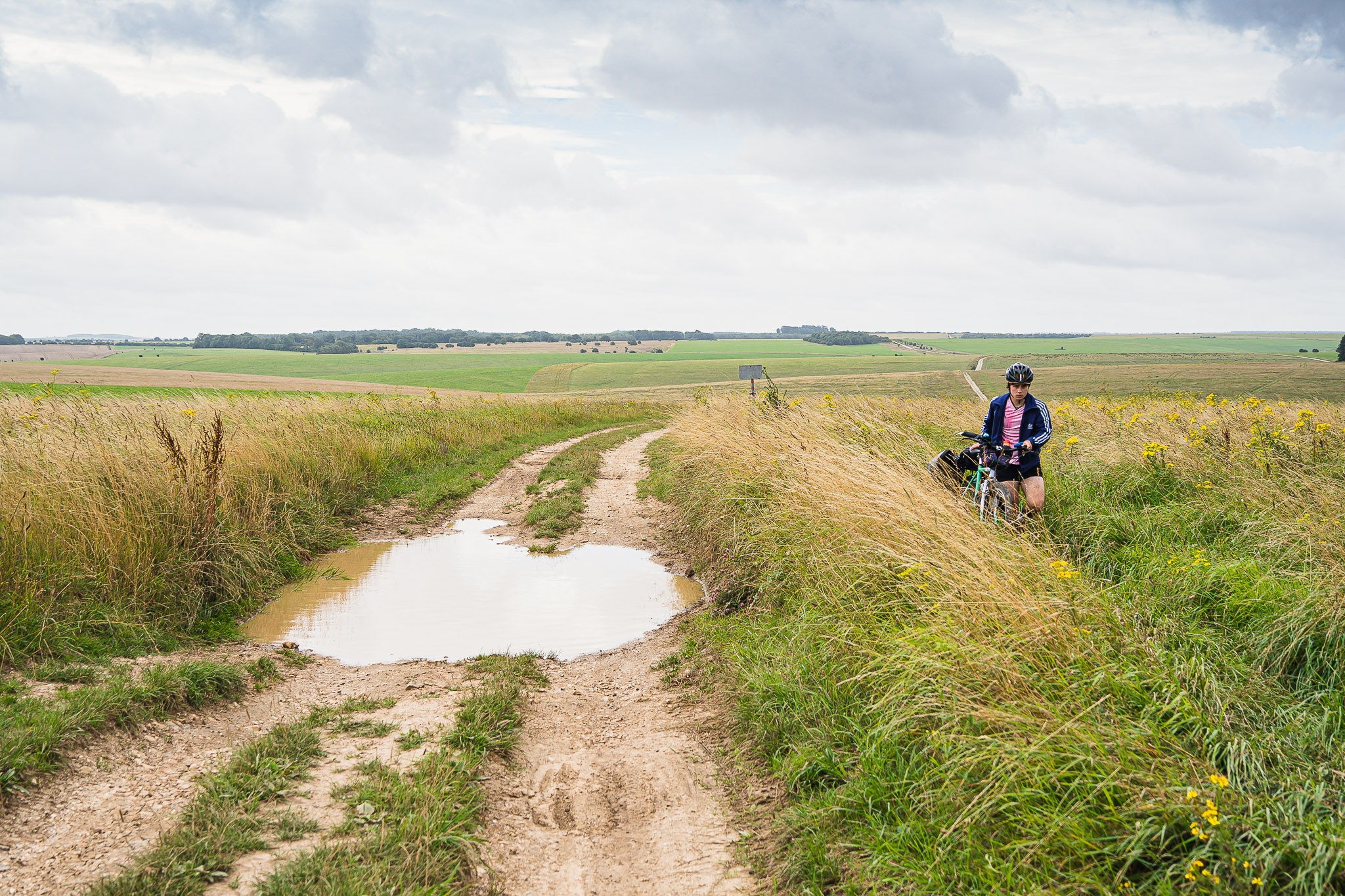
Distance: 217 miles / 350 km
Start / Finish: Winchester (or wherever you please)
Time: 3 to 6 days
Difficulty: Varying and testing terrain with steep climbs. Good level of fitness required
Accommodation: Plenty of campsites and B&Bs to choose from
More info: cyclinguk.org
Spanning 350km of the heartlands of historic Wessex, The King Alfred’s Way (KAW) is an epic off-road cycling route around the pre-Norman kingdom of Alfred the Great. Launched by the charity Cycling UK, I got the chance to test out some of the route this August, exactly one year since the trail’s conception in 2020.
The route starts and finishes at the statue of King Alfred in Winchester and crosses paths with the North Downs Way, the South Down Way, the Thames Path, the Pilgrims’ Way and the Ridgeway. As you can imagine then, the terrain is incredibly varied. Just when you think you’ve gotten used to the chalky climbs and rolling hills, you’ll turn a corner and find narrow singletracks with disguised lumps and bumps, hidden (and sometimes overgrown) bridleways, ancient paths and towering woods overlooking farmlands for miles.
Related: Best Walks Near London
Gravel, MTB and touring bikes are recommended for this off-road adventure. It’s safe to say, however, that I gently expanded on this advice, opting to test the very limits of my hybrid commuter bike…


